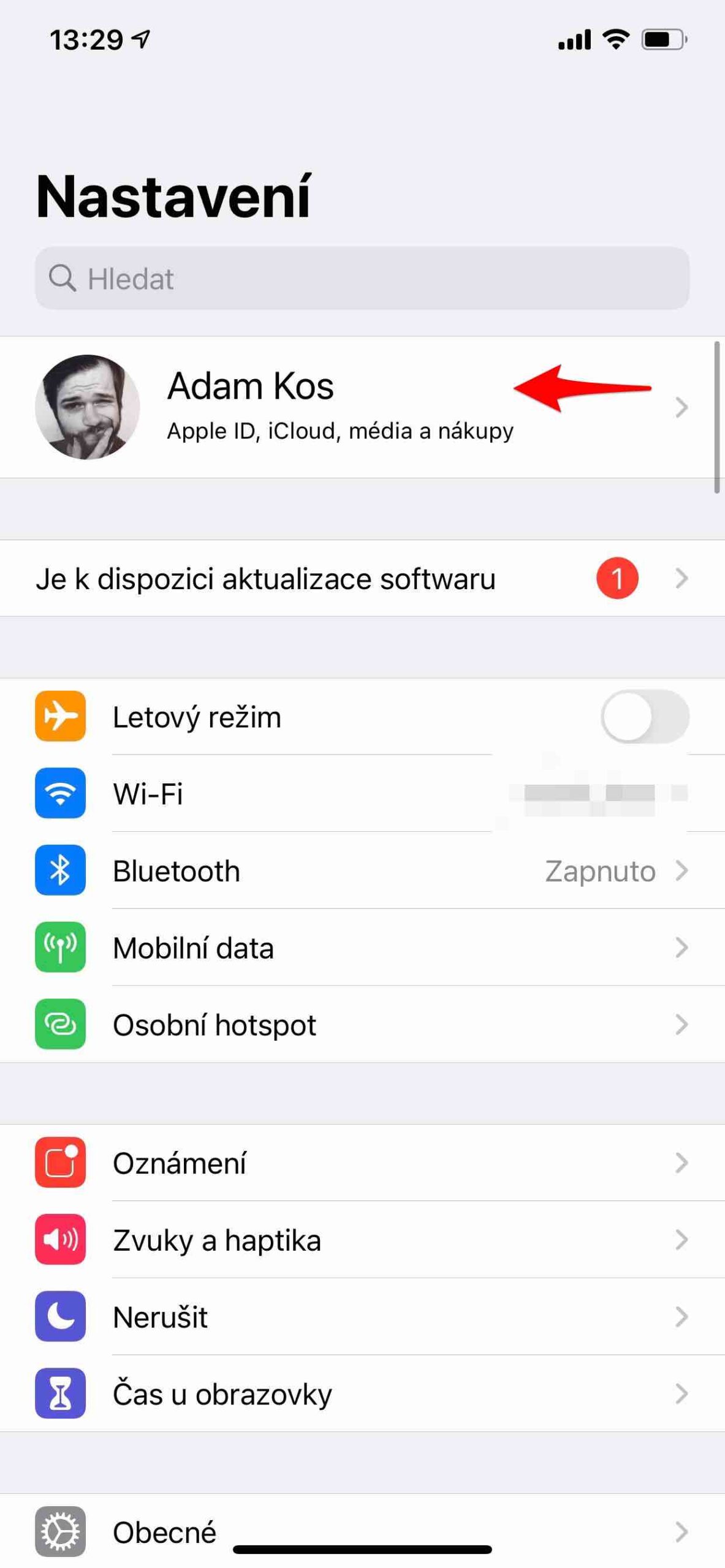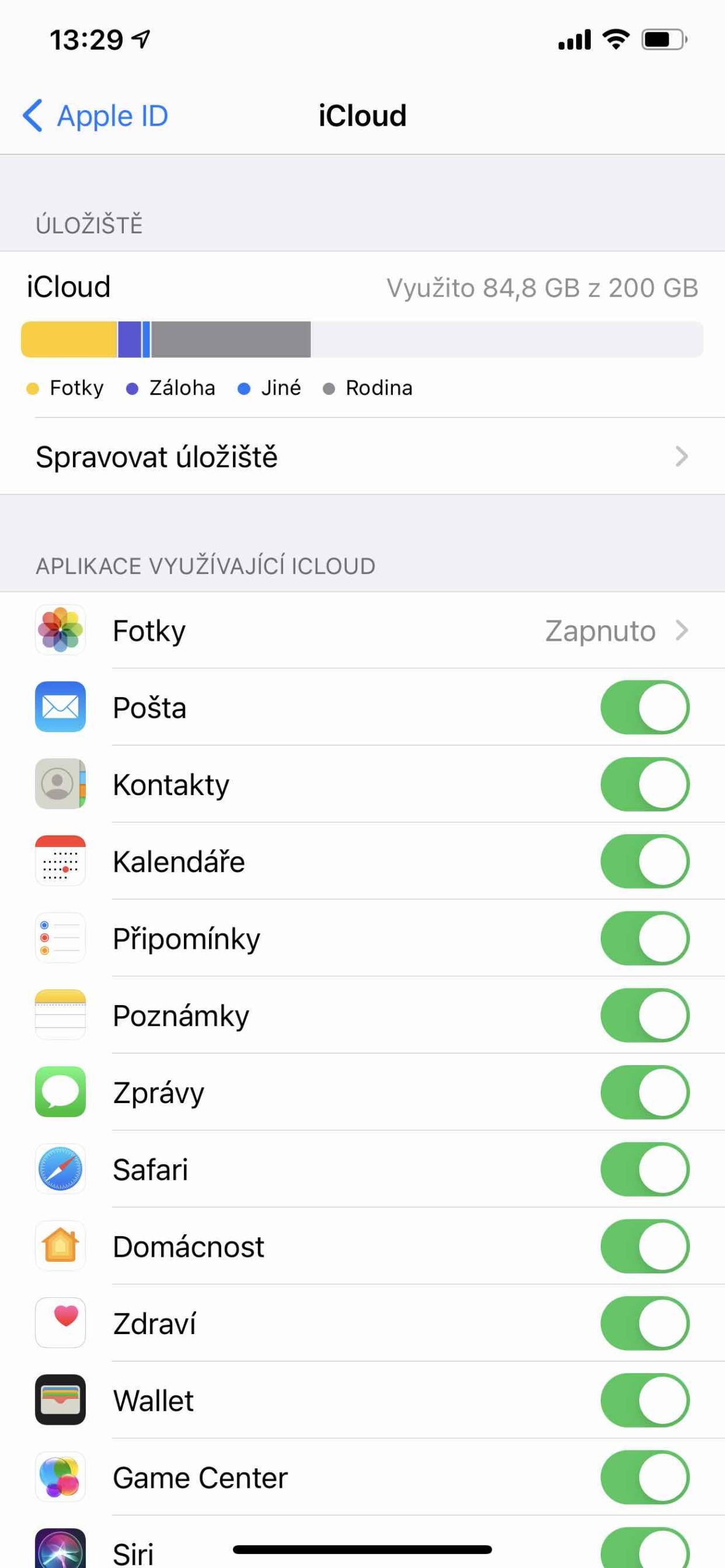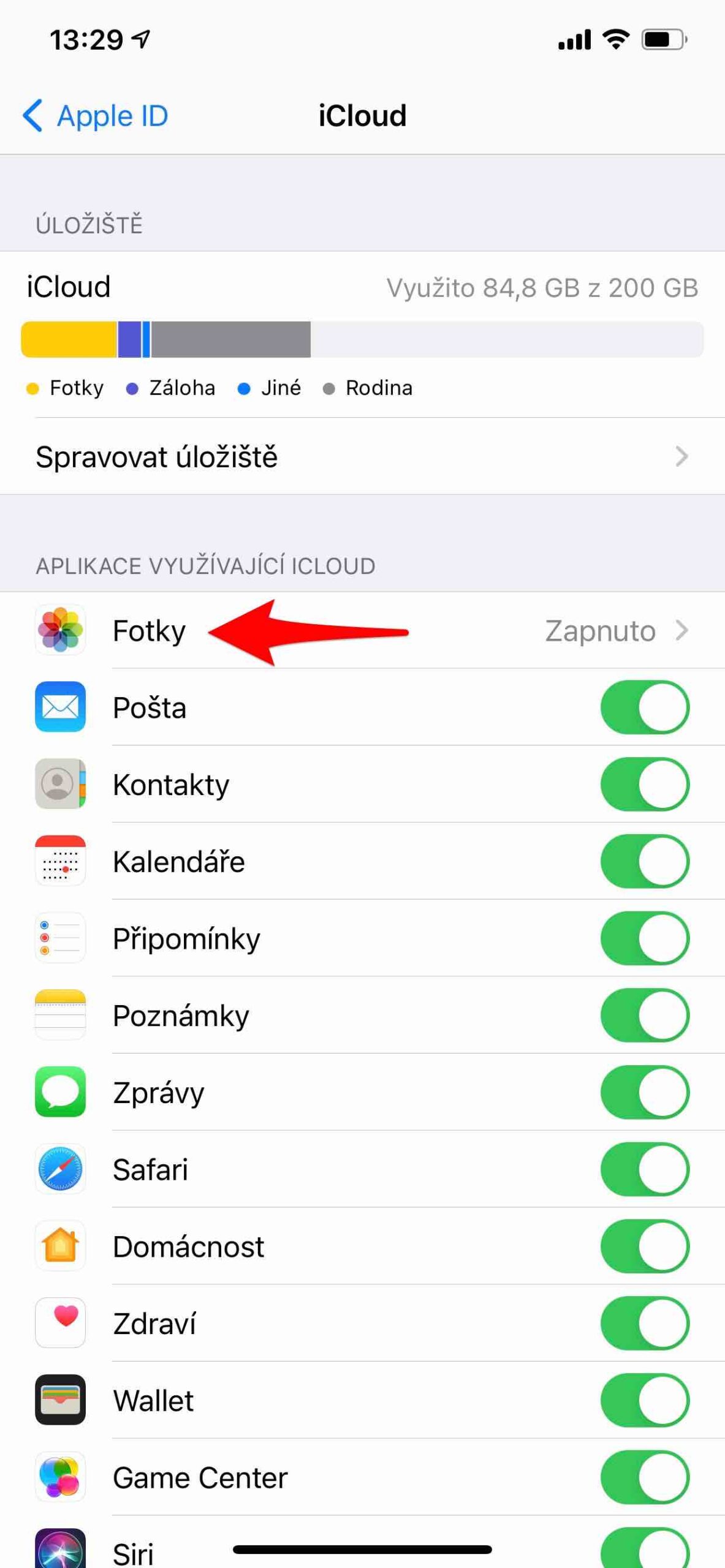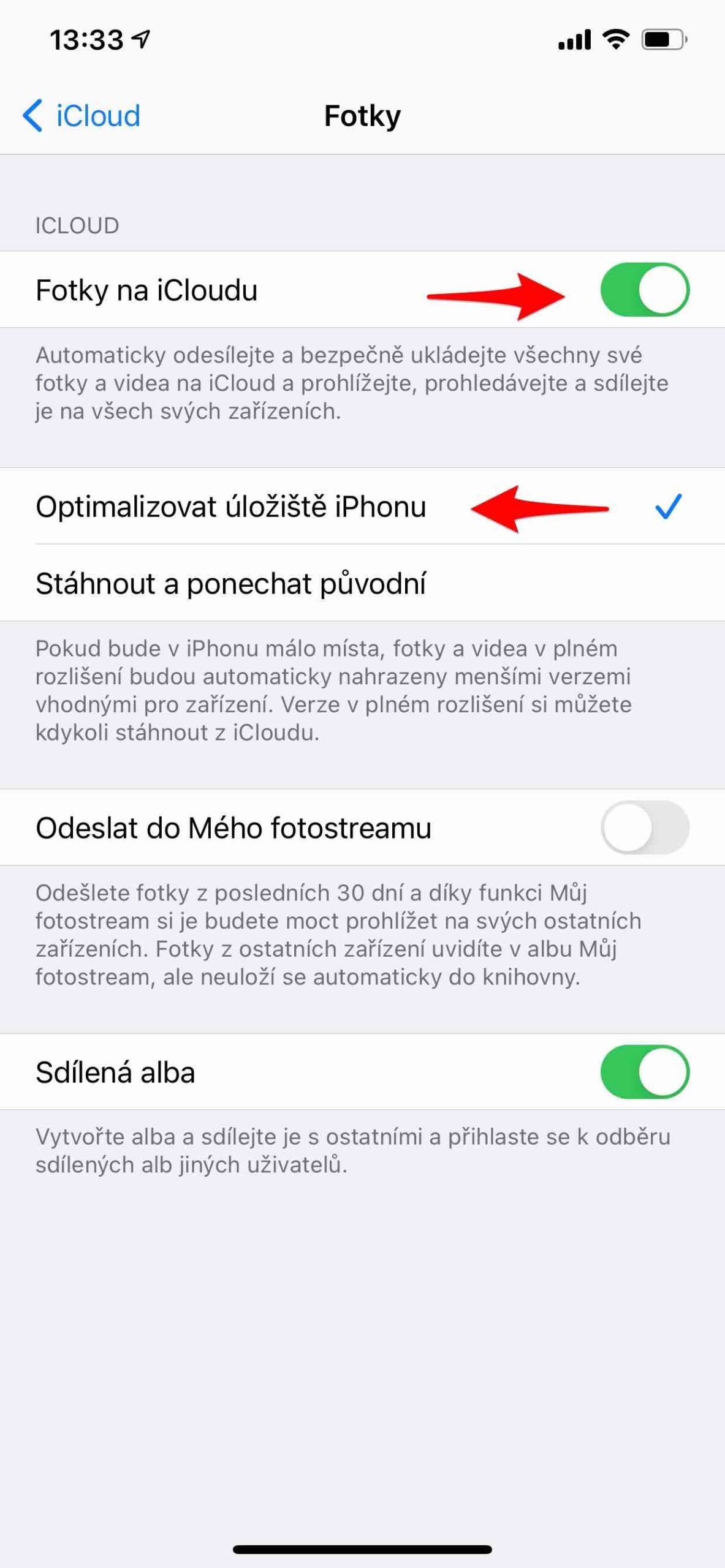The power of cell phones is that once you unbox them and fire up the camera app, you can immediately take photos and videos with them. Just aim at the scene and press the shutter, anytime and (almost) anywhere. But the result will also look like that. So it takes some thought to make your images as pleasing as possible. And from that, here is our series Taking photos with an iPhone, in which we show you everything you need. Now let's look at how to save internal storage. What's taking up the most space on your iPhone? Sure, it's videos, then photos, and then apps. Sure, it can still be music and maybe movies, but you usually delete and record new ones after listening and playing them. But not photos, you have stored them on your device for years.
It could be interest you
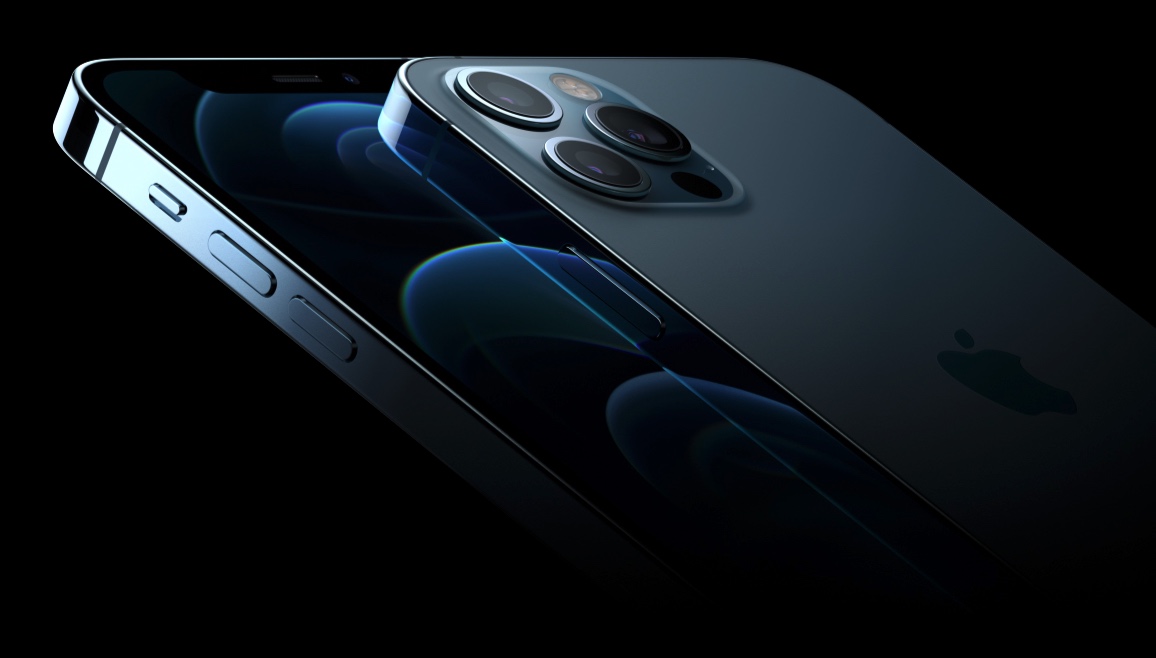
Storage full detection
You can easily check the storage status in Settings. In it you will find a clear overview of what is taking up the most space on your iPhone. If there are any applications that you no longer use, you can delete them directly from here.
- Go to Settings.
- Choose In general.
- choose Storage: iPhone.
To find out your iCloud storage capacity:
- Go to Settings.
- Up select your name.
- Click on iCloud.
Photos on iCloud
By moving your photos to iCloud, you can make your phone storage a lot easier. This has the advantage not only in this case, but also in that you can find the photos across devices, because they are accessed from your Apple ID. So, if you want to move photos to iCloud so that you have more available storage space on your iPhone, follow these steps:
- Go to Settings.
- Up select your name.
- Click on iCloud.
- Select an offer Fotky.
- Turn on the option Photos on iCloud.
- Turn on the option Optimize iPhone storage.
When you set this, only smaller and more economical versions of the recordings will be kept on the iPhone, and the originals in the original resolution will then be on iCloud.
HEIF/HEVC and recording quality
If you don't want to use iCloud, you can at least optimize the data consumption of the captured recording. Apple is always pushing the capabilities of its iPhones forward in terms of camera and photo and video capture. Not so long ago, he came up with the HEIF/HEVC format. The latter has the advantage that it does not require such data while maintaining the quality of the photo and video. Simply put, although recording in HEIF/HEVC carries the same information as JPEG/H.264, it is less data-intensive and thus saves internal device storage. You can find everything in the menu Settings -> Camera.
If you own a device with a smaller storage capacity, it is more than appropriate to pay attention to the video recording quality settings as well. Of course, the higher quality you choose, the more storage the recording will take from your storage. On the menu Video recording after all, this is demonstrated by Apple using the example of a one-minute film. Also due to data requirements, a high-efficiency format is automatically set for 4K recording at 60 fps. You will learn more about this in our first part of the series We take photos with an iPhone.
It could be interest you

 Adam Kos
Adam Kos 



